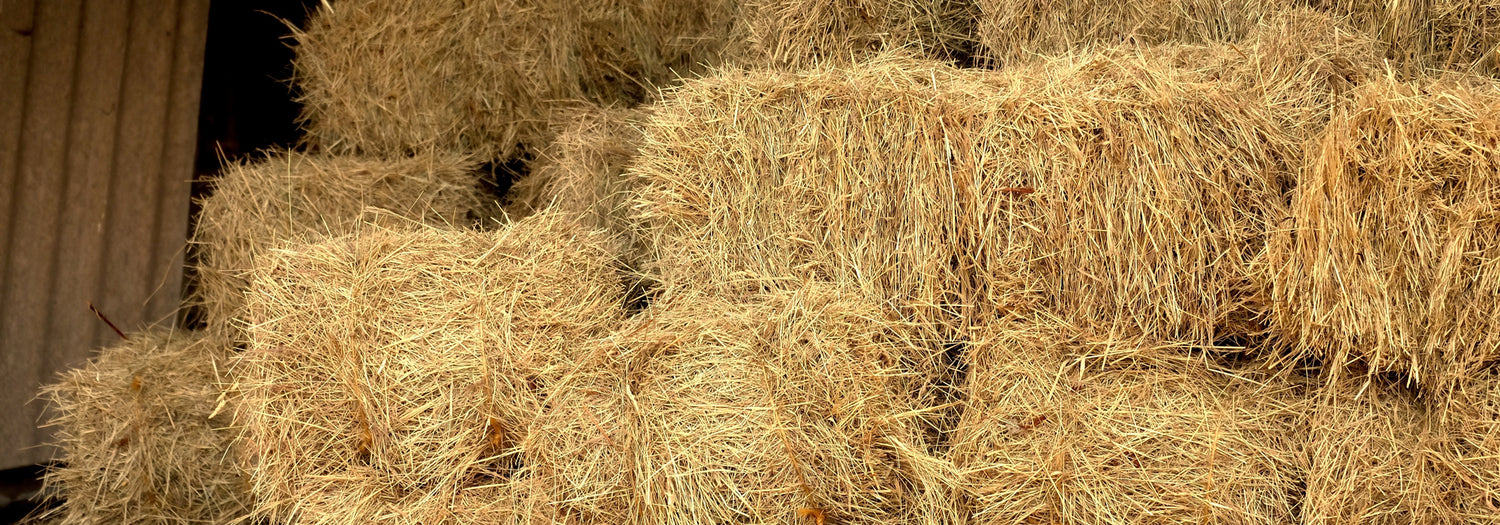How Do I Take Grass Samples?
-
Where should I take samples from and how much should I collect?
The best way to sample grass is to walk in a “W” shape across the field and take a sample every 10 steps. Do not take samples from areas where it is obvious that horses have urinated or defaecated.
Once you have collected your samples from multiple sites across the field these should be placed into a clean plastic bucket and mixed.
-
How many samples should I take?
We recommend taking samples from between 12 and 20 different points in the field where the horses have been grazing. This will account for differences across the field. For example, near hedgerows grass will shaded and likely lower in sugar.
-
How should I cut my samples?
The best way to cut samples is using scissors. Studies show that samples that are hand plucked rather than cut have a higher proportion of leaf meaning that they are higher in crude protein and digestible energy and lower in fibre. The forage should be cut at the height at which the horses are grazing, for example if the grass is 15cm high, and the horses are grazing the top 10cm, only grass from the top 10cm should be sent for analysis, as this is representative of what the horse is actually eating. It is also important to make sure that you do not get any soil or roots in your sample.
How Do I Take Hay and Haylage Samples?*
-
How Should I Take the Sample?
If you have a corer then this can be used to take a cored section diagonally across bales. This will ensure that you have a sample representative of the whole bale. Probes can be used to collect samples from large bale hay or haylage. If you do not have access to a corer or probe then you should split open the bales and take hay or haylage from both the centre and outer edges of the bale.
-
How Many Bales Should I Take Samples From?
Research suggests that in order to get a suitable composite sample, representative of a whole batch of hay or haylage, samples should be taken from between 10 and 20 bales and mixed together. Whilst this is not always possible it is best to take your samples from as many bales as possible. Hay from every sampled bale should be placed into a plastic bucket and mixed.
What should I do once I have collected my sample?
Once you have collected and mixed your hay/ haylage/ grass samples you will need to send enough sample to roughly fill an A4 sized bag.
Once you have ordered and paid for your Forage Analysis, you will receive a kit with a prepaid postage bag in the post. Collect your forage sample making sure your sample fills the clear bag provided and press the air out before closing the seal.
When packing the sample into the green postage bag, please include the completed forage analysis form before sealing and posting. Include any information you would like as a reference with your sample, especially if you are testing several forage sources at once. (for example: Hay, Field 2)
It is really important to send to your sample as soon as possible following collection, ideally not on a Friday as the lab is closed over the weekend!
After collecting your grass sample there can be marked changes in nutritional value due to continued respiration, fermentation and breakdown of protein. There can also be changes to haylage, as haylage has a much higher moisture content than hay; so getting your sample to the lab quickly will allow us to give you the most accurate results as we can.
Please note: Grass samples collected in wet weather and soaked hay are not suitable for testing as the added water will too quickly cause the changes described above.
*For any enquiries about straw samples, please contact us on 01270 782223 for more information.
If you have any questions about how best to collect and send your samples
please call 01270 782 223


